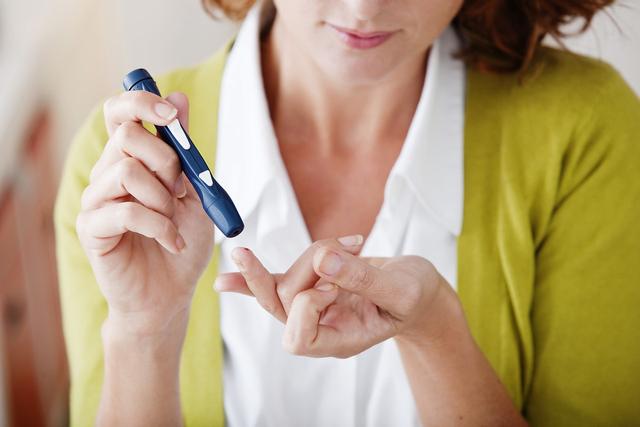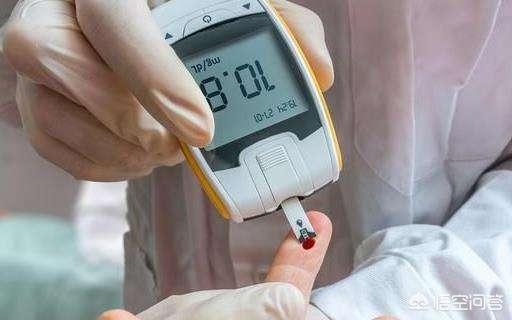Is there a chance to reverse diabetic foot?
The underlying pathomechanism of diabetic foot disease is ischemia, neuropathy and infection of the lower extremities, which work together to cause necrosis, ulceration and infection of the tissues. The presence of multiple factors over a long period of time leads to the development of diabetic foot, and it is generally recognized that if a diagnosis of diabetic foot is made, the likelihood of reversal is very small.
The diabetic foot commonly occurs in patients with a long duration of diabetes, poor glycemic control, many diabetic complications, and poor economic conditions.
Risk factors for the development of the diabetic foot are:
Diabetes with a duration of more than 10 years.
Chronic poor glycemic control
Wearing inappropriate shoes, foot hygiene and health care tea
Previous foot ulcers
Presence of neurological and vascular lesions

Have severe foot deformities
Vision loss, knee and hip inflammation, spinal pathology, poorly fitting shoes and socks
Poor economic conditions, old age or living alone without care, smoking, alcoholism, drug addiction, etc.
Since the chances of reversing a diabetic foot are very slim, prevention is finally the cure in the management of diabetic foot. Because many foot diseases such as ulcers and gangrene are quite difficult to treat and have huge medical costs, prevention is very effective.
So diabetics are reminded of a few things:
Don't walk barefoot at any time
Wash your feet to prevent burns and dry your feet of water after washing.
Wear clean, comfortable cotton socks.
Shoes should be loose and breathable, and you should check for foreign objects inside the shoes
Cut your nails flat.
Use skin care products when your feet are dry, and don't treat corns and foot injuries casually
tobacco cessation

The most important thing is to stabilize blood glucose, only to keep blood glucose stable, nerve and blood vessel lesions will appear later and lighter, with the protective effect of the nerve and the nutritive effect of the blood vessel, even if there is damage to the foot, it can be found very quickly, and heal very quickly. Keeping blood sugar stable, protein synthesis function is better, the chemotaxis ability of white blood cells is normal, in order to ensure the healing of the wound.
I'm Dr. Sun, pay attention to Dr. Sun talk about sugar, continue to learn more quality health knowledge, help please like, have questions please leave a message, will reply!
Totally reversible.
One is to control blood sugar. The second is to take traditional Chinese medicine treatment that activates blood circulation and removes blood stasis. The third is to control local infection.
We treat a lot of patients like this and recover quickly without having to surgically amputate the limb.
Can diabetic foot be reversed? I'm not a professional, but I can talk about what I've seen, diabetic foot depends on the severity, if it progresses to the point where the legs are heavily colored and the feet have rotted, or the toes have rotted, you need to be careful! People with diabetes have a requirement for the humidity of the foot washing water, not a great deal of water temperature! Diabetics are not sensitive to the heat of the water, the water has been very hot can not feel! To be serious about their own disease it! In addition, there are many people who have reversed! A friend of mine is a Chinese medicine practitioner, I personally saw diabetic foot has been very serious, with Chinese medicine paste for a period of time, good! Is this a reversal?
Hello.Even if you have a diabetic foot, it's not always necessary to have an amputation; there is a chance to reverse it.During the initial treatment of diabetic foot, doctors usually give patients anti-infection treatment. However, patients must control their weight during the anti-infection treatment. During the period of diabetic foot, the patient's diet must be in accordance with the amount and on time, and should not eat too spicy, greasy food.
The treatment of diabetic foot is as follows:
The first step is to treat the primary condition of the diabetic foot by controlling their own diabetic condition and blood glucose levels;
The second step is to determine the patient's diabetic foot with the advice of the doctor and to target the treatment of foot ulcers, infections, blood vessel blockages and other complications.
The third step is to treat diabetic foot patients with deformities and long-term ulcers on a case-by-case basis. If the deformity is not obvious, it can be carried out by removing the bones; for diabetic foot patients with severe deformity, foot reconstruction surgery can also be carried out, which has already obtained the normal foot shape and arch, and reduced the impact of the bones on the plantar skin; for diabetic foot patients with ischemic foot, if it is a diffuse small-vessel disease, it can be used to promote the blood supply of distal limbs by using transverse bone transport techniques, which can achieve very good therapeutic effects.
If the edema of the diabetic foot is not relieved or even aggravated, then it is necessary to go to the hospital for a detailed examination and amputation surgery according to the doctor's recommendation.

This question and answer are from the site users, does not represent the position of the site, such as infringement, please contact the administrator to delete.